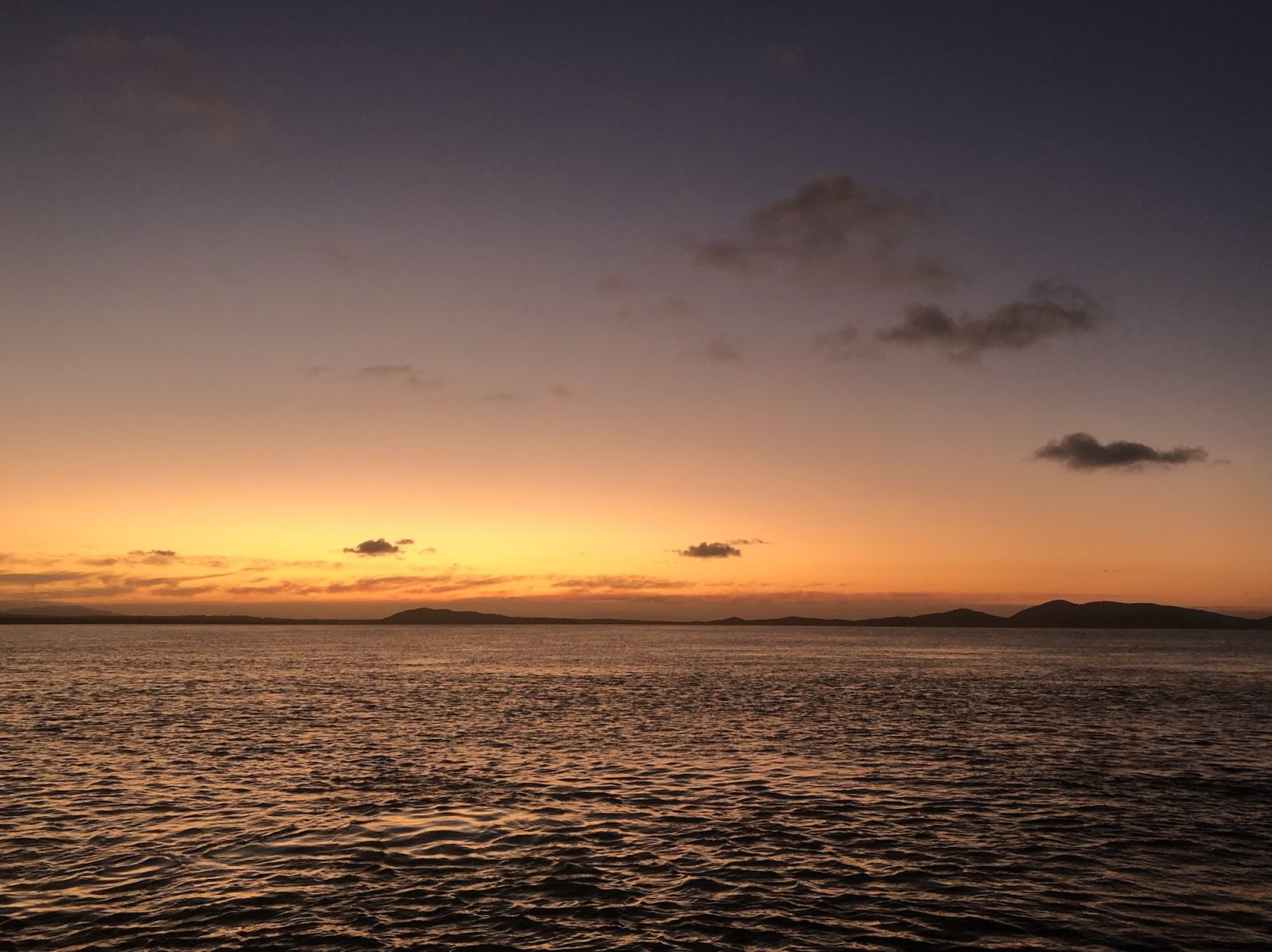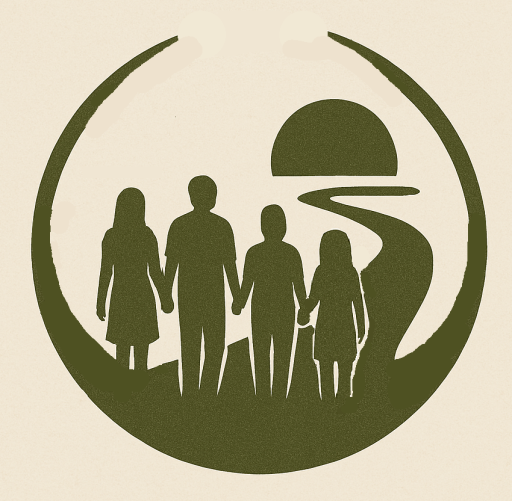Learning the Ropes
The second day on the sea was an opportunity to establish what was to become the regular routine. This included:
- Lifting the anchor while holding position above it
- How to plot our course on the thirty year old paper charts. I was amazed at how durable those paper charts are, having been written and erased dozens of times over the years. They were soft and pliable, but still perfectly useable
- How to calculate our compass heading from the true heading and ship and map corrections
- How to fill the ship’s log with the details extracted from the other instruments and chart
- How to monitor our speed and course on the electronic chart plotter
- Logging on and off with the volunteer marine rescue (VMR) service of each port we passed by radio
- Keeping watch on 3 hour rotations. Watching for other vessels and managing the engine.
- Watching the wind speed and angle for opportunities to hoist sail and need to douse them
We attempted to set the genoa (head sail) in the afternoon with some decent wind coming up. This was when I learned that the closet angle to wind we could hold it was about 60 degrees. This was dissappointingly broad, with my past experience in the lighter vessels letting us make 35 to 40 degrees.
A Sign of Things to Come
By noon we had the soul lifting experience of dolphins coming to play on our bow wave. I was astounded at just how playful they are, leaping out of the water and criss-crossing over one another and under the bow. Even with their antics they kept up with the boat with ease.
After several hours on the same course, with the engine at peak torque, a warning alarm began sounding. At first the skipper suspected a sensor issue rather than a true indication of a fault. Its recurrence throughout the journey in similar conditions suggested otherwise. The reported condition was over temperature on the engine. This graciously limited our maximum output to about 80% of the nominal peak torque. While this slightly reduces engine efficiency, itsubstantially improves total efficiency. That last 20% of engine speed only adds about 10% to the boat speed while also reducing sailing opportunities. This was a fault I was glad we had.
Another issue also came up with the main bilge pump. This is slaved off the engine. Its role is to empty any water out of the lowest part of the vessel. The main source of that water on the Sundancer is the showers and hand-basins. The implication was no showers on-board. Anyone wanting to shower would have to do it standing on the swim platform crouched under the tender (the landing boat). This was not going to be possible while the boat was underway. Again, I wasn’t too bothered by this. Since I only had two changes of clothes and sleeping was in the open I would have been changing back into dirty clothes after showering anyway.
Days Blending Together
The next several days took us through to Rosslyn Bay, with opportunities to anchor in the sheltered lee of an island each night. We sailed or motor-sailed through part of each day. The wind angle kept us on a close reach for most legs. We also attempted a very slow downwind run from Great Keppel across to the mainland. It was a good opportunity to practice setting the spinaker pole under chilled conditions. Jess and Patrick took the kayaks to explore the islands and Ray caught up with friends on their own boat. I took a look at some of the mechanical issues on the boat and worked on some content.

While anchored during the fourth night, I was startled awake at 1:30am by the sound of the hull scraping over rock and sudden heeling (leaning) of the boat. Soon enough everyone else was up and moving about, trying to determine what, if anything, we ought to do next. The conclusion was that the tide had brought our keel into contact with the only rock in the bay (which we later noticed on the chart) and since it was ebbing (level dropping) we would just have to wait for it to come back in to float us off. So I stayed in bed, fortunately on the low side, as we eventually heeled over to 33 degrees, with the crockery and other loose items rearranging themselves every few degrees. By 4am we were level again and after a little tidying we were ready to set off soon after daylight.
Home. Sick
We spent our fifth day in the marina, enjoying shower and the laundry facilities and stocking up on groceries for what we thought would be the next three days. I picked up The Good Life by Hugh Mackay from the laundry book exchange. I will write about in a future post. The basic premise is that the only path to a life of deep meaning and satisfaction is through service to others. Soon after, I had a phone call with my wife Emelie. I learned that our son Adam was still quite unwell, almost three weeks now. He had a sore throat and fever to begin with and I trusted he would soon fight it off. He had been recovering when I boarded the boat at Airlie, but he had since gone down hill. I thought about offering to return, but Emelie assured me she had things under control. They had booked a third visit to the doctor and more blood tests scheduled. In spite of her reassurance I could tell she was stressed. I questioned if I was doing the right thing, as far as serving others. But Emelie and I are learning to respect each others’ word and ask for help when we need it. So I took her word for it and headed back to the boat.
Both our entry and exit to the marina had to be timed with the tides. This is due to our deep draft and the shallow harbour entrance. With this in mind we made our departure at about 9am after refueling. It is 99 nautical miles to our next anchorage at Lady Musgrave Island. We need to arrive after the sun is up so we can see the reef. That means we have to take at least 21 hours, averaging under 4.7 knots. With 20 knot northerlies predicted it should be a great opportunity to sail. We are also anticipating 2m of beam swell (ie perpendicular to our travel direction).
This will be the best test yet of whether I’ll experience sea sickness. This was one of my objectives for the trip. I asked the skipper and Ray if they thought it better to have a full or empty stomach. They said empty was better, but if I wanted to find out if I get sea-sick I could do so on my own boat. Fair enough I guess, but this seemingly amounted to being directed to take the anti-nausea medication which rankled a little. My plan is to refrain from the medication, but do everything I can to look after the boat. And to keep up my duties regardless of my state. I’m also prepared to clean up the boat if I do throw-up somewhere inappropriate. This gives me at least a little confidence in my course of action, as morally dubious as it may be. I understand sea-sickness can can be an overwhelming experience so fingers crossed I keep it at bay.

